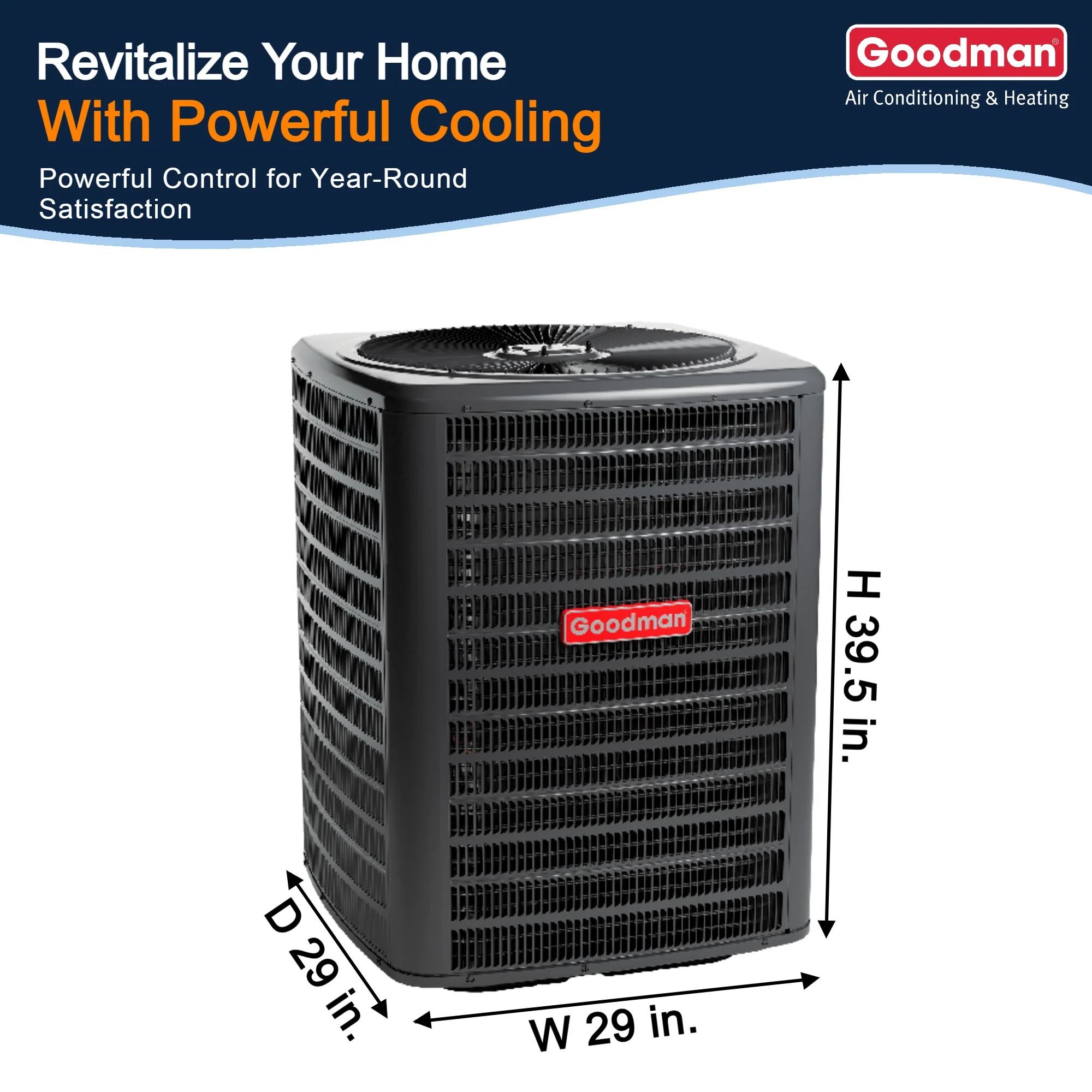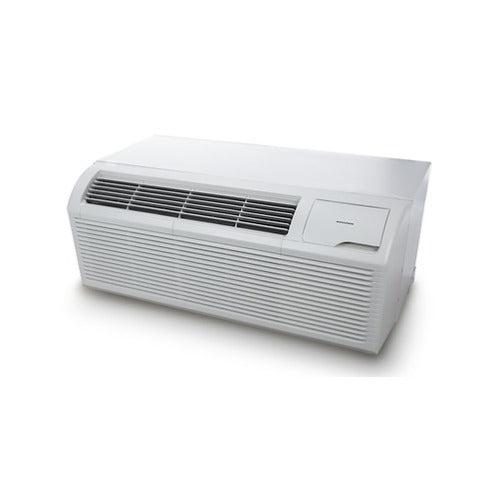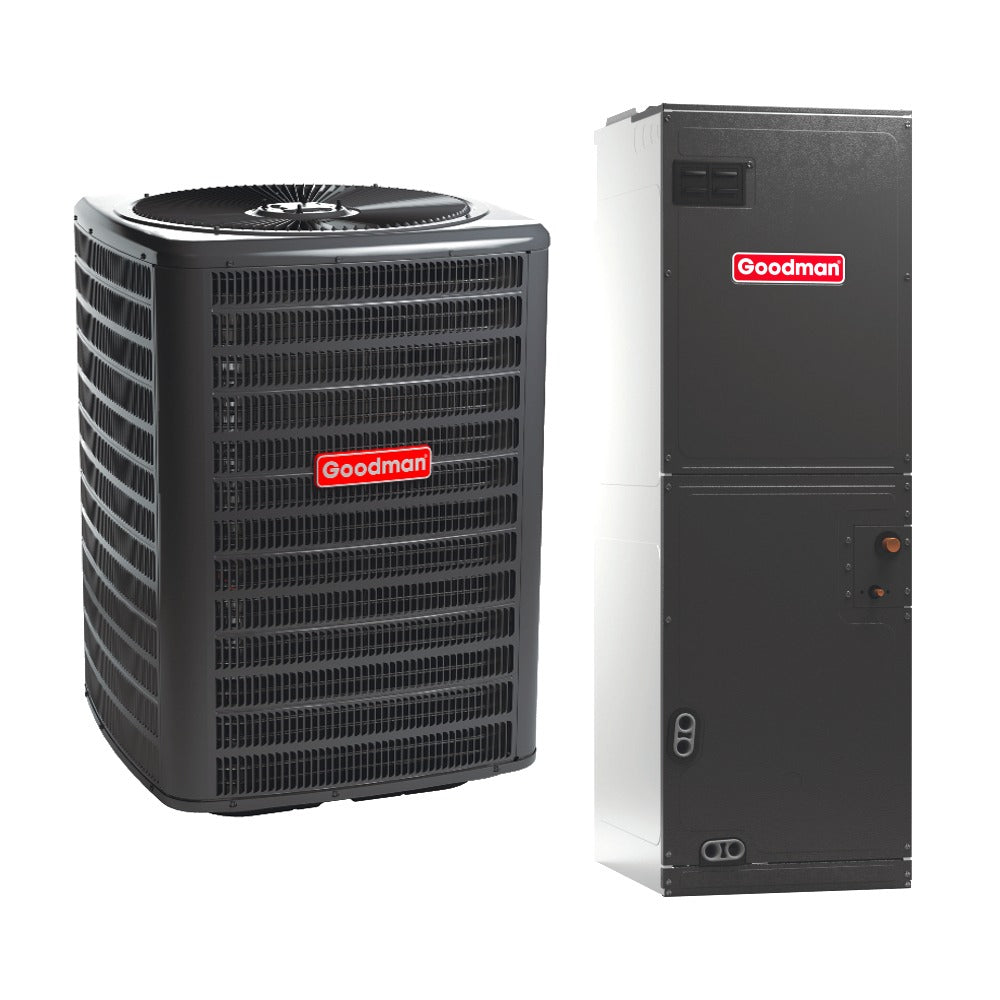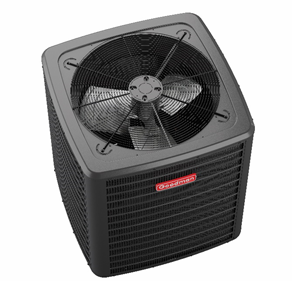If you're in the market for a through-the-wall air conditioner, understanding energy efficiency and SEER ratings can make all the difference in saving on utility bills and reducing your carbon footprint. With rising energy costs and increased environmental awareness, more homeowners and property managers are seeking ways to improve indoor comfort without sacrificing sustainability. This guide will break down everything you need to know about SEER, BTU, R-32 refrigerant, energy rebates, and enhanced energy performance in modern AC units.
What Is Energy Efficiency in HVAC?
Energy efficiency in HVAC systems refers to how effectively an air conditioning unit converts electrical energy into cooling power. The more efficient the unit, the less energy it needs to cool a given space—resulting in lower electricity bills and reduced strain on the environment.
When shopping for through-the-wall air conditioners, energy efficiency is measured primarily using two key metrics: BTU and SEER.
Understanding BTU: The Foundation of Cooling Power
BTU (British Thermal Unit) is a standard unit of measurement that defines how much heat an air conditioner can remove from a room in an hour. Essentially, it's the "horsepower" of your cooling system.
Why BTU Matters:
-
Undersized units (too few BTUs) will overwork and underperform.
-
Oversized units (too many BTUs) will cool too quickly, failing to remove humidity, and may lead to energy waste.
Correct BTU sizing ensures the unit operates at its peak energy efficiency, providing consistent comfort without unnecessary power usage.
Example: A 12,000 BTU through-the-wall AC is ideal for a 450–550 sq. ft. room.
For a complete sizing chart, see our BTU Room Size Guide.
What Is SEER? The Key to Long-Term Savings
SEER stands for Seasonal Energy Efficiency Ratio. It measures the total cooling output of an air conditioner over a season, divided by the energy consumed in watt-hours.
SEER Ratings at a Glance:
| SEER Rating | Efficiency Level | Savings Potential |
|---|---|---|
| 13–15 | Basic Efficiency | Standard savings |
| 16–18 | High Efficiency | 15–25% more efficient |
| 19–21+ | Enhanced Efficiency | 30–50% energy savings |
The higher the SEER, the less electricity the AC uses to produce the same amount of cooling. For through-the-wall ACs, choosing models with higher SEER ratings can pay off in just a few years.
Enhanced Energy Efficiency with R-32 Refrigerant
One of the major innovations in air conditioning over the past decade is the shift to R-32 refrigerant. This newer refrigerant not only cools more effectively but also carries a much lower environmental footprint than older alternatives like R-410A.
Why R-32 Matters:
-
Higher Energy Transfer Efficiency: R-32 absorbs and releases heat more efficiently, allowing compressors to work less.
-
Lower GWP (Global Warming Potential): R-32 has a GWP of 675, while R-410A is over 2,000.
-
Reduced Refrigerant Use: Less refrigerant is needed per system, further improving SEER performance and lowering energy consumption.
Choosing a through-the-wall AC that uses R-32 refrigerant supports both long-term savings and environmental responsibility.
The SEER, BTU, and R-32 Trifecta: What It Means for You
Let’s put it all together: when you select a through-the-wall air conditioner with the correct BTU, high SEER rating, and R-32 refrigerant, you benefit in multiple ways:
-
Lower monthly energy bills
-
Reduced greenhouse gas emissions
-
Increased indoor comfort and temperature consistency
-
Longer unit lifespan due to reduced compressor stress
Example: Replacing a 10-year-old 10 SEER unit with a new 16 SEER R-32 AC can reduce cooling costs by up to 40% annually.
Unlocking Savings: Rebates and Incentives for Energy-Efficient AC Units
Buying an energy-efficient AC doesn’t just save money on power bills—it can earn you cash back and tax credits too.
Federal Rebates:
-
Under the Inflation Reduction Act, homeowners can receive up to $600 in federal tax credits for qualifying high-efficiency air conditioners with SEER2 ratings of 16 or higher.
State and Utility Company Incentives:
-
Many local energy providers offer rebates ranging from $100 to $500 for installing Energy Star-rated or high-SEER AC units.
-
Use resources like EnergyStar.gov or DSIREUSA.org to check what programs are available in your zip code.
Taking advantage of rebates reduces your upfront cost, making it easier to justify investing in enhanced energy systems.
Choosing the Right Energy-Efficient Through-the-Wall Air Conditioner
When selecting your next unit, here’s what to look for:
✅ SEER Rating of 16 or higher
✅ BTU size matched to your room dimensions
✅ R-32 Refrigerant compatibility
✅ Energy Star Certification
✅ Smart features (like programmable thermostats or Wi-Fi connectivity) for further energy control
Top Brands with High SEER and R-32 Technology
Many leading HVAC brands have adopted R-32 and focus on enhanced energy features in their newest lines. Some of the top-performing models include:
-
Friedrich WallMaster Series – Up to 13 CEER, R-32 refrigerant, ultra-quiet operation
-
Koldfront WTC Series – Energy Star rated, available in sizes from 8,000 to 14,000 BTU
-
LG Wall Units with R-32 – Smart-enabled, SEER ratings up to 18, ideal for eco-conscious buyers
Installation Tips to Maximize SEER Performance
To truly benefit from a high-SEER unit, installation matters just as much as the equipment itself:
-
Use a wall sleeve to ensure air-tight sealing and reduce energy leakage
-
Proper insulation around the unit prevents heat intrusion or cool air loss
-
Position the unit in a shaded location if possible to reduce workload
-
Schedule regular maintenance to keep filters and coils clean, ensuring max efficiency
Conclusion: Maximize Comfort and Minimize Costs with Smart HVAC Choices
If you're shopping for a through-the-wall air conditioner, focusing on SEER, BTU, and R-32 refrigerant isn't just about cooling—it's about cooling smarter. High-efficiency models are more affordable than ever, thanks to rebates, evolving technology, and rising awareness of sustainable practices.
By making an informed purchase now, you’re not only enhancing comfort but also investing in long-term savings, lower environmental impact, and reliable performance.






